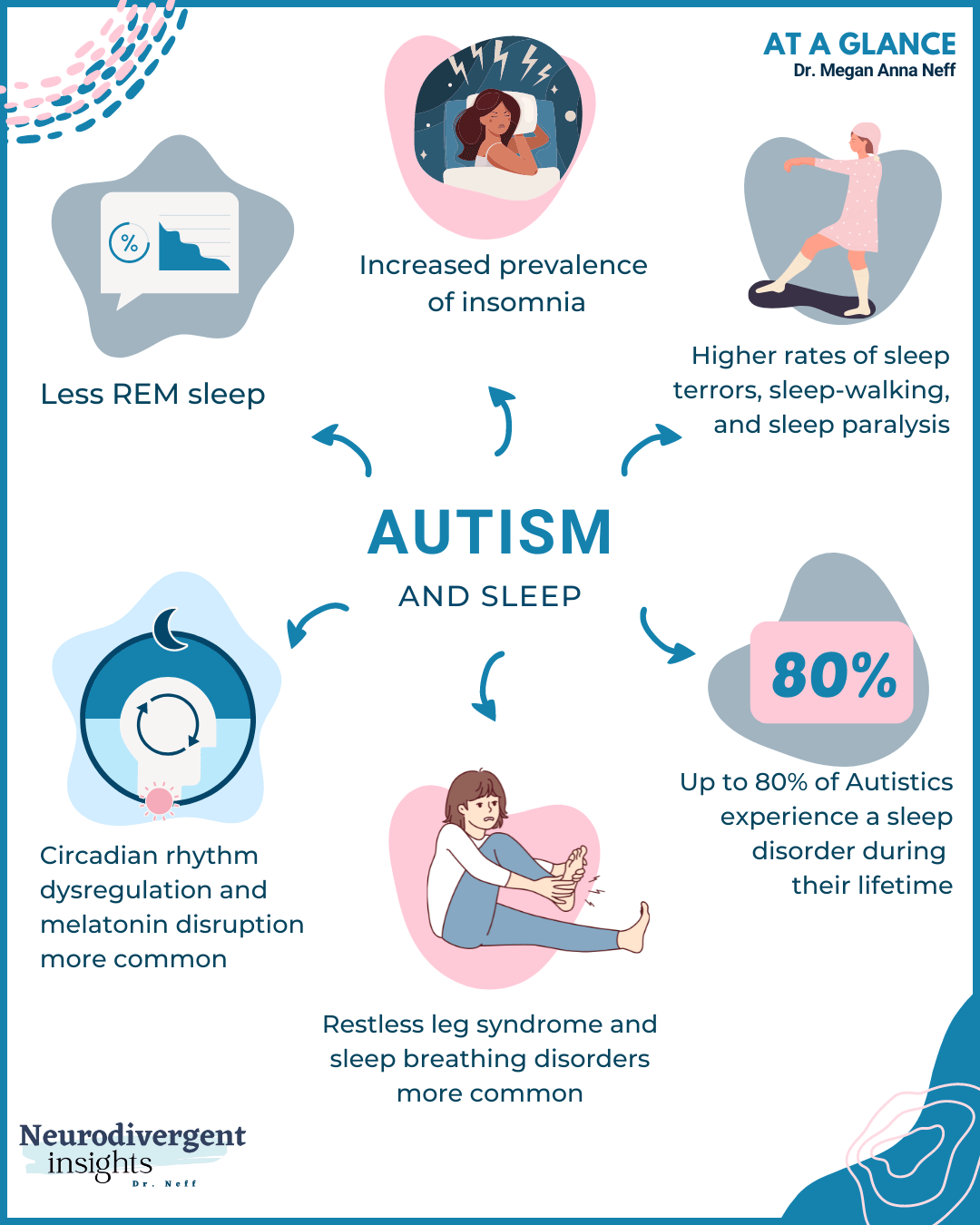Recognizing Autism: A Comprehensive Guide to Symptoms And Signs
Autism Range Disorder (ASD) incorporates a variety of characteristics that can dramatically affect a person's social interactions and day-to-day functioning. Identifying the symptoms and signs, such as difficulties with eye call, social communication troubles, and sensory sensitivities, is critical for very early treatment. Understanding these subtleties not just aids caretakers and instructors in offering ideal support yet also promotes an extra inclusive atmosphere for people with ASD. As we explore the intricacies of autism, it comes to be vital to think about exactly how these indicators manifest in different ways across the spectrum and what ramifications they hold for reliable intervention techniques.
Review of Autism Range Problem
Specifying Autism Range Condition (ASD) entails recognizing it as a complex neurodevelopmental problem identified by a series of obstacles in social communication, communication, and behavioral patterns. The term "spectrum" shows the broad variability in symptoms and their extent, which can differ substantially from one person to one more. ASD usually materializes in very early childhood, although some individuals might not get a diagnosis till later on in life.
Elements affecting the advancement of ASD include environmental factors and hereditary tendencies, although the specific reasons remain under examination. Diagnosis frequently depends on behavioral assessments, as there are no clear-cut medical examinations for ASD. Early intervention is crucial and can substantially improve end results, concentrating on boosting communication abilities, social interactions, and adaptive actions.
Individuals with ASD might likewise show distinct toughness, such as outstanding attention to detail or details areas of knowledge. Understanding the diverse nature of ASD is crucial for promoting an inclusive setting that fits neurodiversity. Proceeded research is important for creating effective interventions and assistance systems, making it possible for individuals with ASD to thrive and meet their possible within society.
Typical Indicators of Autism
Recognizing the common indications of Autism Range Problem (ASD) is important for very early recognition and treatment. These signs can vary commonly in intensity and discussion, but certain attributes are frequently observed in individuals with ASD.
One of the most prevalent signs is a marked problem in establishing and preserving eye contact. Individuals may also exhibit limited interest in social interactions and reveal a choice for solitary play. Repeated habits, such as hand-flapping, rocking, or spinning objects, frequently emerge early in childhood. Additionally, some youngsters may develop strict regimens and come to be troubled if these routines are interrupted.
Sensory level of sensitivities are likewise common; people might underreact or panic to sensory stimulations, such as lights, appearances, or noises. autism. Language advancement can be atypical, with some kids displaying delayed speech or making use of language in unusual means, including echolalia-- duplicating phrases or sentences listened to somewhere else
It is important to note that not every person with ASD will present all these signs, and the level of these behaviors can vary significantly. Early acknowledgment allows for prompt assistance and resources, improving the quality of life for those on the range.
Social Interaction Difficulties
Social communication obstacles are a trademark of Autism Range Disorder (ASD), affecting a person's ability to engage properly with others. These difficulties can show up in various methods, including challenges in initiating and preserving discussions, understanding social hints, and reacting suitably in social interactions.
Individuals with ASD may battle with nonverbal interaction, such as eye contact, facial expressions, and body language. This can cause misunderstandings, as their communicative intent might not be appropriately directory analyzed by others. Furthermore, they may find it challenging to comprehend the subtleties of tone and context, which are essential for effective interaction.
In team setups, individuals with ASD may feel overwhelmed and might not recognize just how to sign Check This Out up with in discussions (autism). They could additionally show atypical conversational patterns, such as monologuing regarding specific interests without identifying social reciprocity
Moreover, these challenges can result in social seclusion or troubles in developing connections, as peers may misinterpret their actions or interaction design. Comprehending these social communication challenges is important for fostering supportive settings that promote social skills growth and boost the high quality of interactions for people on the autism range.
Sensory Feedbacks and level of sensitivities
Numerous people with Autism Spectrum Disorder (ASD) experience enhanced sensory sensitivities that can significantly influence their every day lives. These sensitivities might manifest as over-responsiveness or under-responsiveness to sensory stimulations, including sounds, lights, appearances, preferences, and scents. An individual with ASD may discover day-to-day noises, such as a vacuum cleanser or crowded environments, extremely distressing, leading to stress and anxiety or disasters. On the other hand, some might exhibit an indifference to pain or severe temperature levels, which can present safety worries.
Sensory handling distinctions in people with ASD can additionally affect their ability to participate in routine activities and social communications. As an example, a child who is sensitive to touch might stand up to physical love or stay clear of certain clothing fabrics. Alternatively, a preference for certain textures or tastes can restrict nutritional choices and produce difficulties during mealtimes.
Comprehending these sensory level of sensitivities is necessary for recognizing the one-of-a-kind experiences of individuals with ASD. Recognition of their sensory profiles can promote better interaction and assistance techniques, developing an atmosphere that suits their needs and improves their quality of life. Eventually, recognizing sensory sensitivities is an essential component of comprehending the more comprehensive spectrum of autism.

Sustaining Individuals With Autism
Reliable support for individuals with Autism Range Problem (ASD) is essential for boosting their overall well-being and promoting freedom. Support techniques need to be customized to meet the special demands of each person, considering their strengths and difficulties.

Social skills training can also play a pivotal role. autism. Involving people in group activities or role-playing scenarios can boost their capacity to browse social communications. Furthermore, it is important to inform relative, caretakers, and peers regarding ASD to foster a inclusive and encouraging community
Verdict
By fostering enhanced interaction and social skills, individuals with autism can browse their settings more effectively. Inevitably, increased understanding and assistance can significantly enhance the high quality of life for those influenced by ASD.
Autism Range Disorder (ASD) includes a vast range of qualities that can substantially influence a person's social interactions and daily functioning.Individuals with ASD may have a hard time with nonverbal interaction, such as eye call, face expressions, and body language.Several people with Autism Range Disorder (ASD) experience heightened sensory sensitivities that can considerably affect their everyday lives.Sensory processing differences in individuals with ASD can also affect their ability to engage in regular tasks and social communications.Understanding these sensory level of sensitivities is essential for recognizing the unique experiences of individuals with ASD.